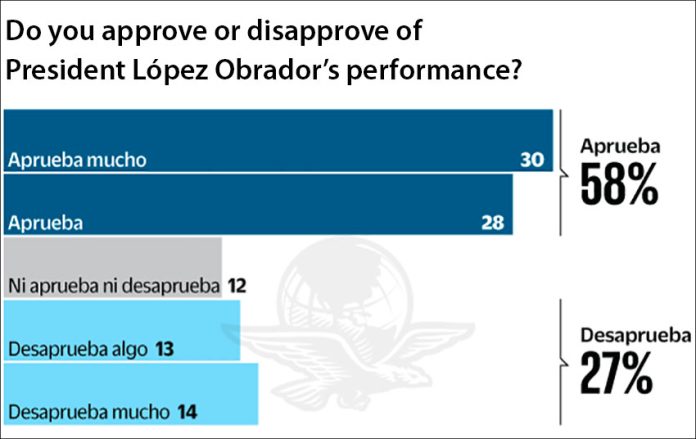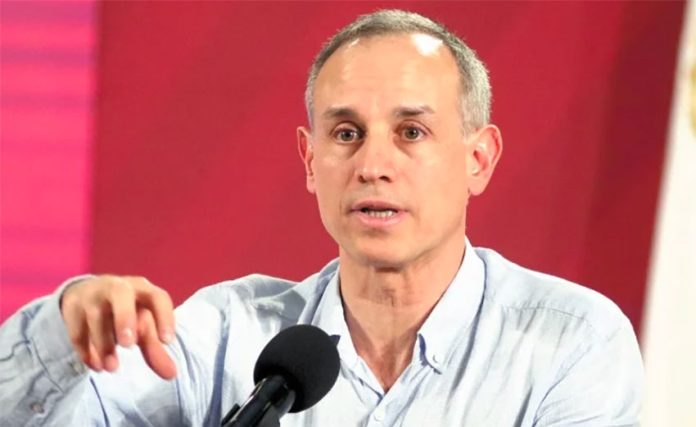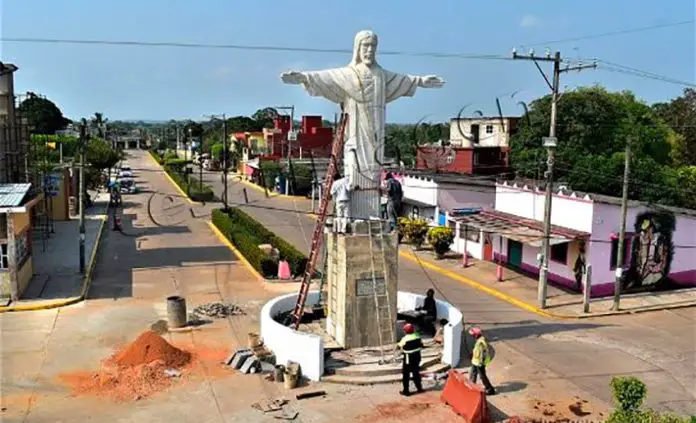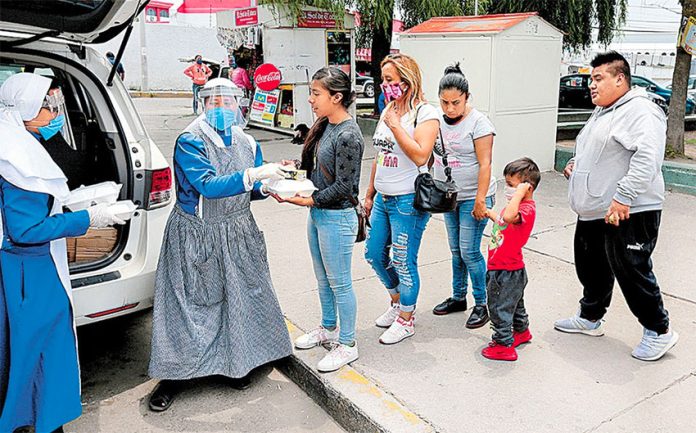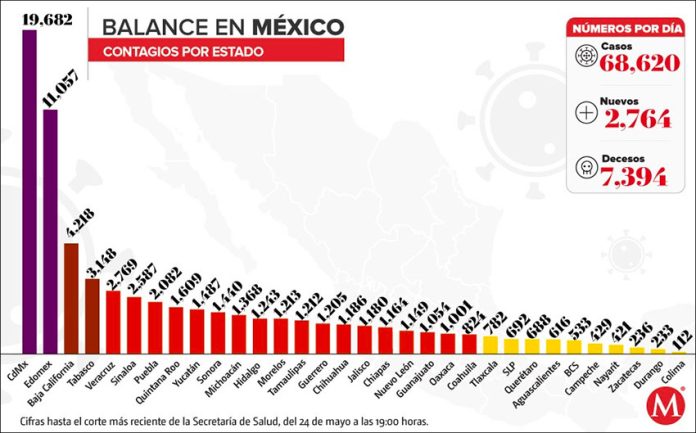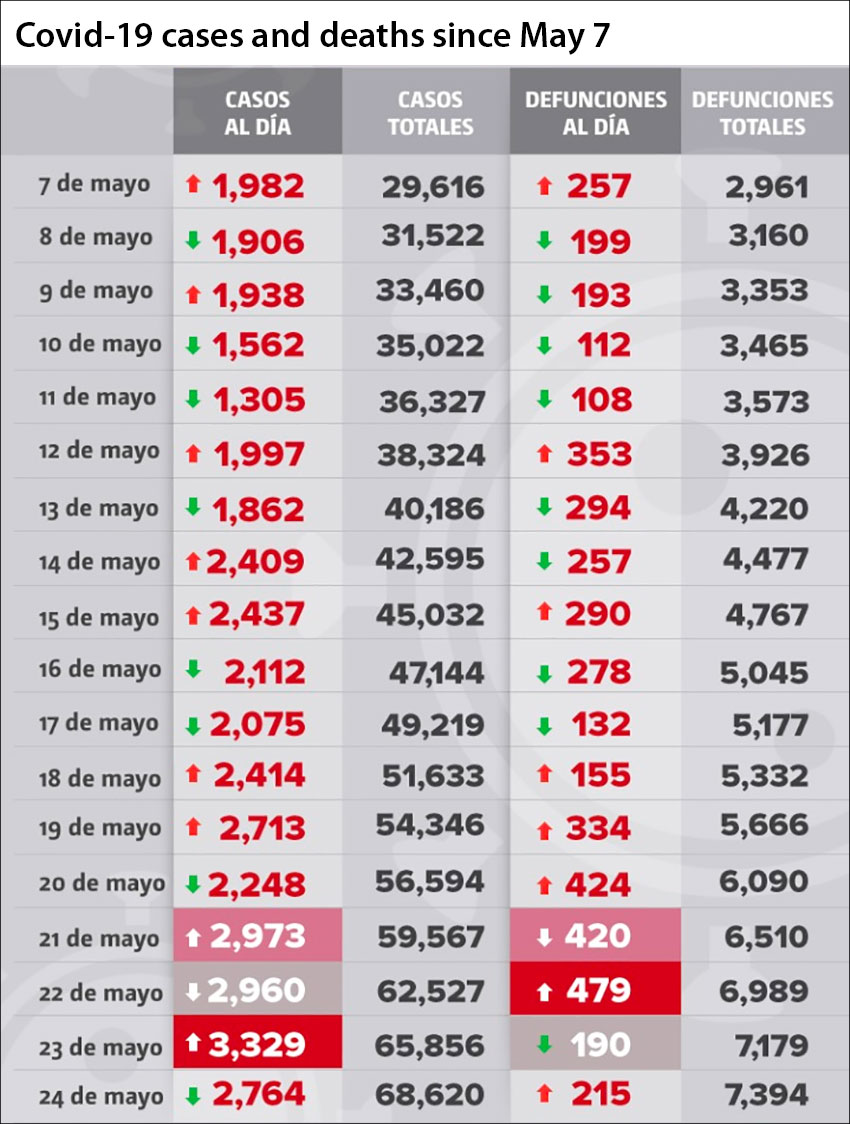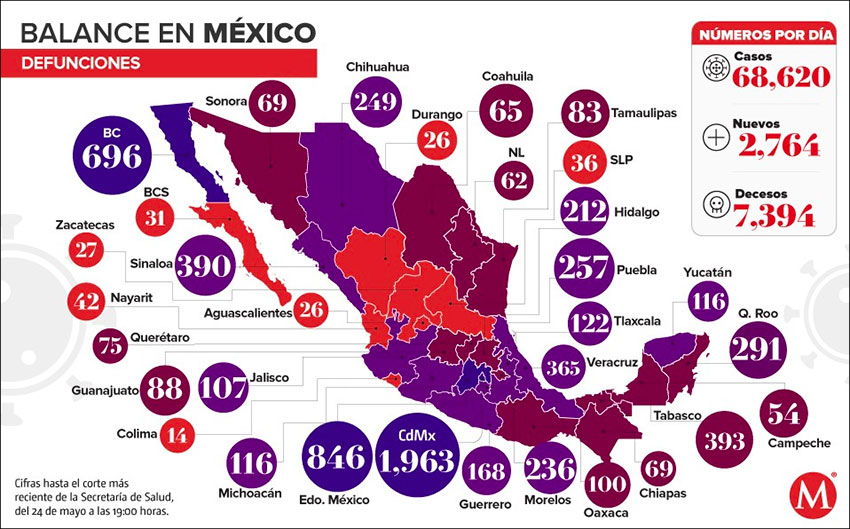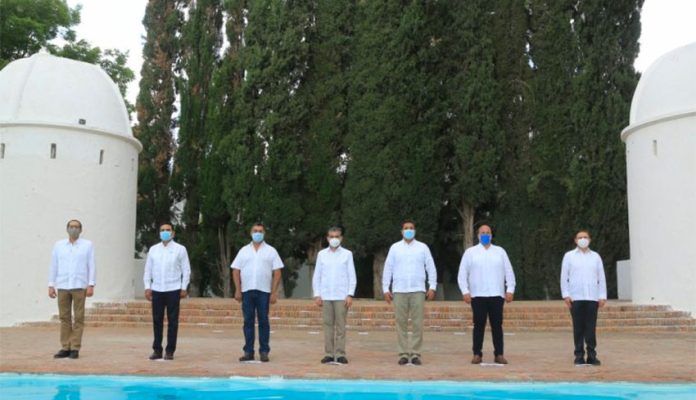It was to be a blowout celebration of Cancún’s 50th anniversary as a tourist destination, but as the coronavirus spread throughout the world and made its way to Mexico, the party has been postponed.
More than 25 major events had been scheduled to begin on Cancún’s birthday April 20, but in mid-March the celebrations were officially rescheduled for an undetermined date, possibly later this summer.
For now, tourism is non-existent, hotel occupancy stands at just 2% and the resulting losses thus far are estimated to be US $1 billion.
Of the city’s 36,000 hotel rooms only 700 are occupied, but by essential personnel and not tourists.
Nightspots such as The Hard Rock Café and Coco Bongo, where in times past 10,000 people would congregate each night, are empty and sealed off by yellow security tape.
Cancún’s world-famous beaches with their turquoise water and white sands are empty, their access blocked by police officers.
Traffic on Kukulkán Boulevard in the city’s hotel zone is virtually non-existent. A drive during high season that could take an hour and a half can now be managed in just 15 minutes.
The only restaurant open in the hotel zone is El King, a Chinese food establishment that now serves employees of the Chedraui supermarket across the street.
“Everything we are experiencing is very dramatic,” says an El King employee. “When there is a hurricane, the closure lasts only 15 days, but now it has been two months and it seems that it will not improve. Taxi drivers and store employees are our consolation. Otherwise, we would no longer have a job.”
Mayor Mara Lezama says that as air travel and hotel reservations have ground to a halt, losses in revenue are staggering. Even with a gradual reopening, which the tourist destination hopes can begin between June 8 and 10, it will take time for visitors to return and a challenge for the city to ease restrictions while still doing its best to safeguard public health.
Ever hopeful, hoteliers and restaurateurs are already preparing for the return of tourism. The two largest Mexican travel agencies, Best Day and Price Travel, began marketing vacation packages with discounts of more than 70% in Cancún and the Riviera Maya.
Tourism-related businesses are encouraged to register with the Ministry of Tourism to obtain health certificates and receive training on best practices to prevent the spread of the coronavirus.
Quintana Roo, the state where Cancún is located, currently has 1,609 confirmed cases of the coronavirus and has recorded 291 deaths.
Source: Riviera Maya News (en), Milenio (sp)

